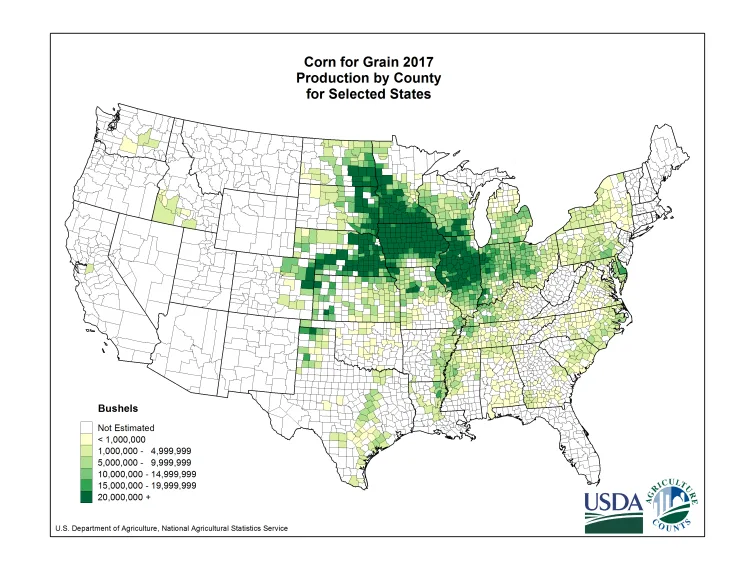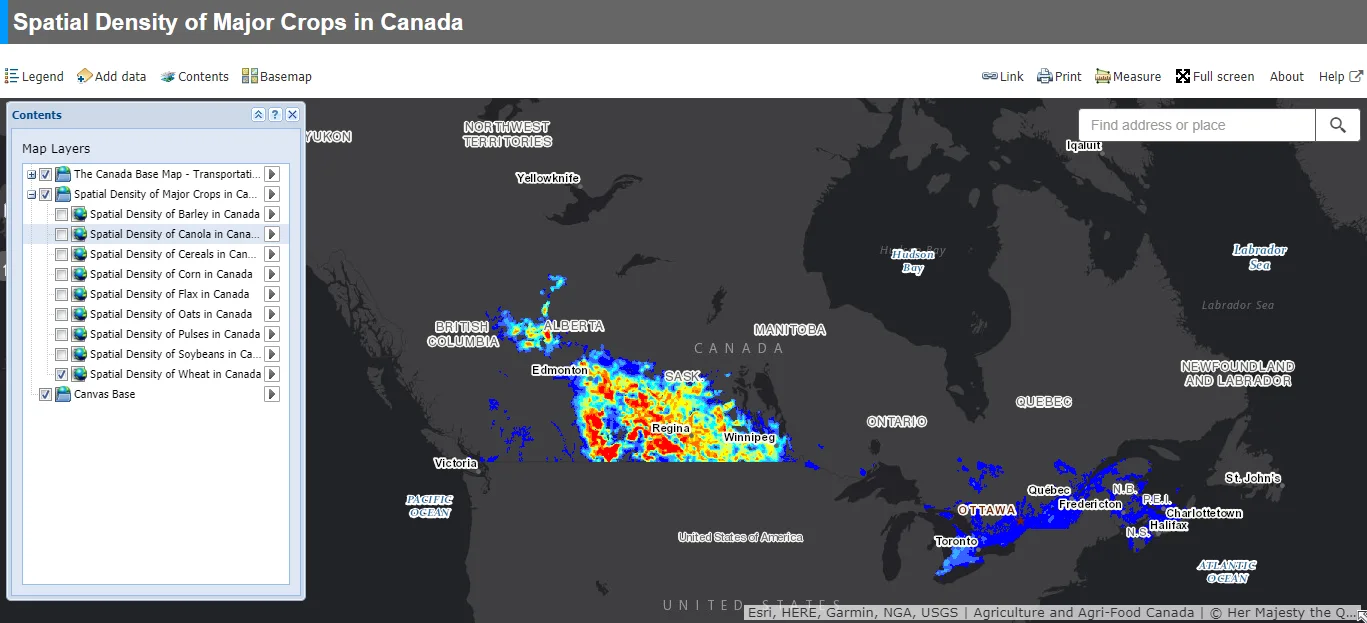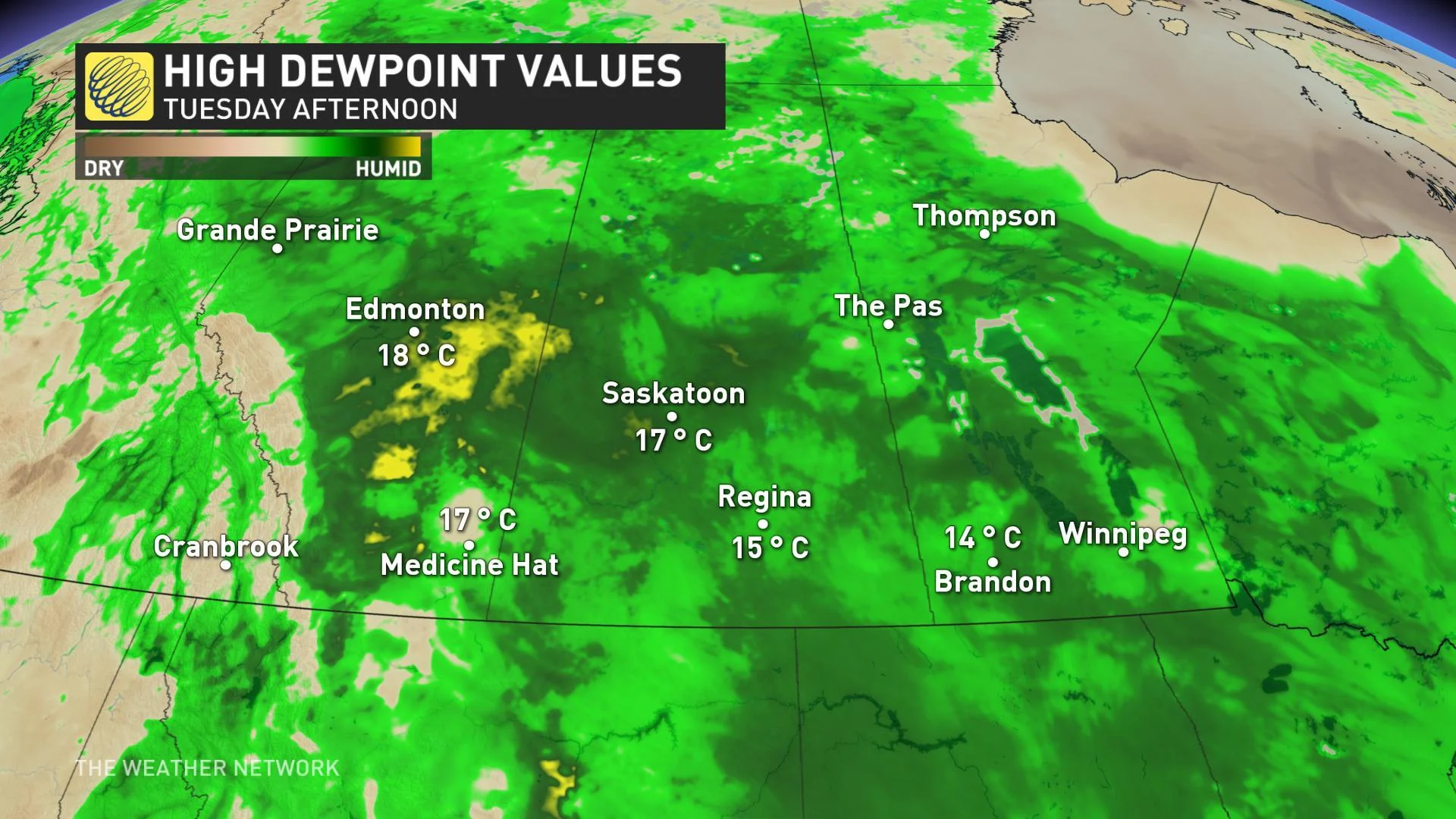
'Corn sweat' is real and it can make heat waves even more humid
Oppressive humidity is a summertime feature for many parts of Canada but, in some parts of the country, moisture in the atmosphere gets a hefty boost from a source you might not expect.
Humans aren't the only ones who sweat when it gets too hot for us. Plants, too, cool themselves by shedding water during extreme heat via a process called evapotranspiration, where water is discharged through tiny pores in their leaves. That water then evaporates, sucking energy (in the form of heat) from the surrounding leaf as it changes from liquid to vapour.
And that vapour goes right into the local atmosphere, bumping up dewpoints by as much as 2 degrees Celsius.
While all vegetation adds to water vapour to some degree, corn is a particularly good at 'sweating', making for some very sticky July days across parts of the U.S. Midwest -- home to more than 90 million acres (more than 36 million hectares) of cornfields.

Image courtesy USDA.
So-called "corn sweat" gets a lot of attention there since the corn crop tends to peak along with summer's hottest temperatures, compounding the misery. It's not just the cornfields that feel the heat, either. This added humidity travels along with the weather systems across the region and influences the development of storms, so cities feel the impact, too.
While the majority of cornfields in Canada are further east, crops across the Prairies have a similar effect.

Image courtesy Agriculture and Agri-Food Canada.
Pacific moisture is behind a lot of the increased humidity across the Prairies right now, but the dewpoint map (below) shows the pockets of enhanced moisture that coincide with burgeoning wheat and canola crops.

Fortunately for those who are wilting in these soupy conditions, stronger west winds moving in for the latter half of the week will help to clear some of this added humidity.
With files from Cheryl Santa Maria. Sources: CityLab | USDA | Agriculture and Agri-Food Canada |






